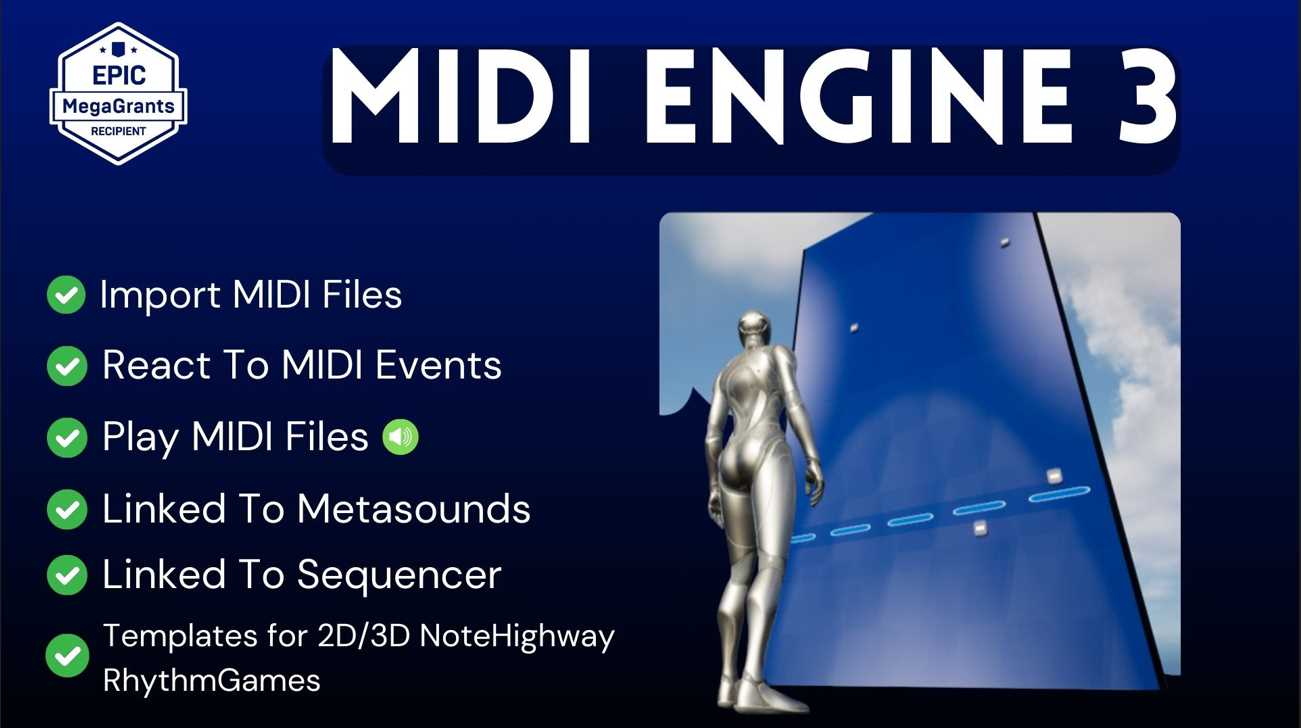This tutorial is designed to help you understand the concept and use of Child Actor Components in Unreal Engine. Child Actor Components are particularly useful for creating complex, hierarchical actor structures in your game world.
What is a Child Actor Component?
A Child Actor Component allows an actor in Unreal Engine to contain another actor as its child (component). As you might already be aware, components are “children” of the actor, they move with it. Well, a child actor componet allows you to add ANOTHER actor as a child (component). It’s ideal for building complex objects from simpler, modular parts.
Usage Scenarios
- Modular Design: Ideal for constructing complex actors from smaller parts.
- Hierarchical Structure: Useful for parent-child relationships between actors.
- Complex Objects: Best for objects comprising multiple actors with distinct properties.
Watch the video below which suggests a use case for child actor components in unreal engine as an example:
Implementation Steps
- Create Two Actor Classes/Blueprints.
- The First will be the Parent Actor
- The Second will be the Child Actor
Create a Child Actor Component:
- Open the parent actor in the editor.
- Add a Child Actor Component from the Components panel.
Set the Child Actor Class:
- In the Details panel of the Child Actor Component, select the desired ‘Child Actor Class’.
- In the Details panel of the Child Actor Component, select the desired ‘Child Actor Class’.
Configure Properties:
- Adjust properties of the Child Actor Component as needed.
- Adjust properties of the Child Actor Component as needed.
Transform the Child Actor:
- Position, rotate, and scale the Child Actor; transformations are relative to the parent.
- Position, rotate, and scale the Child Actor; transformations are relative to the parent.
Access the Child Actor in Code:
- In C++, use
GetChildActor(). - In Blueprints, use the ‘Get Child Actor’ node.
- After you get the Child Actor, Cast it to your desired child actor class.
- In C++, use
Best Practices
- Optimization: Avoid overuse to maintain performance.
- Blueprint Communication: Use Blueprint interfaces or custom events for parent-child actor communication.
- Dynamic Assignment: Consider dynamic assignment of actor classes at runtime for flexibility.
Conclusion
Child Actor Components are a powerful tool for enhancing the complexity and organization of your Unreal Engine projects. Practice and experimentation are key to mastering their use. You can watch the video above for more insights.

